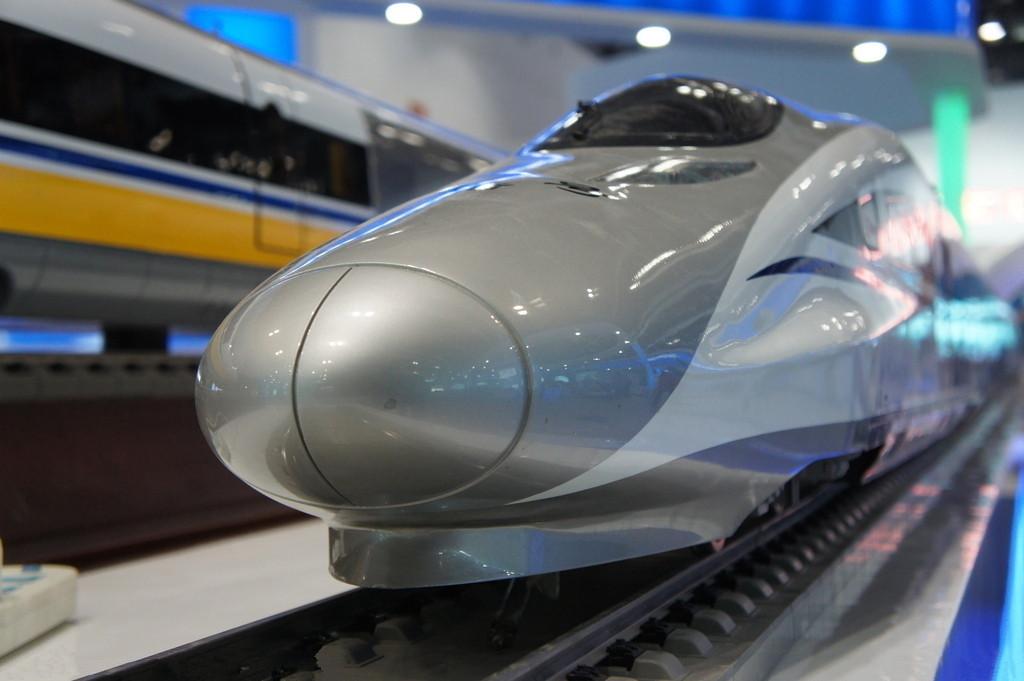Location:JIAXU > My domestic logistics has entered the "high-speed rail era"
-
Service Items
-
Company Name:SHANGHAI JIAXU INTERNATIONAL L
Tel:021-59902981
Add:Address :911 ,TOWER 24, NO.1661 JIALUO ROAD,SHANGHAI ,CHINA
Web Site:http://www.jiaxuguoji.com
Date:2016-4-3
With the deepening of the railway freight reform, the pace of China's inland logistics entering the “high-speed rail era” has accelerated. Recently, Wuhan, Lanzhou, Xi'an, Kunming and other railway administrations have opened cargo express trains at speeds of up to 120 kilometers per hour. Cargo "sit" high-speed rails "up to date", "the next morning up" and "the next day" have been implemented in more than 40 cities.
Since the railroads officially launched the freight reform in June last year, using the high-speed rail network extending in all directions in our country to engage in freight transport is the “top gun” for railway freight reform. At present, there are 45 cities that can handle high-speed rail express services nationwide, and high-speed rail express delivery offices are set up at high-speed rail stations in each city. The intercity freight express trains also operate in many places, ranging from the Yangtze River Delta, the Pearl River Delta, Beijing-Tianjin-Hebei to Xi'an, Lanzhou, Kunming, Zhengzhou, Wuhan, and other cities. Railway freight trains are much faster at an average speed of 90 kilometers per hour.
China's rail freight has been operating strictly according to planned measures for a long period of time. Commodity entry, loading and unloading, and transportation have to declare plans, coupled with tight transport capacity, and undertake large-scale cargo transportation tasks such as coal, grain, and iron ore, with little bulk cargo. The market players who want to use railway transportation often have to “pull relations” and “go back doors”. Nowadays, the development of high-speed railways has released a large amount of transport capacity, and the volume of traditional bulk cargoes has shown a declining trend. Railway freight is often under-fed, and the Central Government has fully deepened the reforms and imposed pressure on the market. .

Since the railroads officially launched the freight reform in June last year, using the high-speed rail network extending in all directions in our country to engage in freight transport is the “top gun” for railway freight reform. At present, there are 45 cities that can handle high-speed rail express services nationwide, and high-speed rail express delivery offices are set up at high-speed rail stations in each city. The intercity freight express trains also operate in many places, ranging from the Yangtze River Delta, the Pearl River Delta, Beijing-Tianjin-Hebei to Xi'an, Lanzhou, Kunming, Zhengzhou, Wuhan, and other cities. Railway freight trains are much faster at an average speed of 90 kilometers per hour.
China's rail freight has been operating strictly according to planned measures for a long period of time. Commodity entry, loading and unloading, and transportation have to declare plans, coupled with tight transport capacity, and undertake large-scale cargo transportation tasks such as coal, grain, and iron ore, with little bulk cargo. The market players who want to use railway transportation often have to “pull relations” and “go back doors”. Nowadays, the development of high-speed railways has released a large amount of transport capacity, and the volume of traditional bulk cargoes has shown a declining trend. Railway freight is often under-fed, and the Central Government has fully deepened the reforms and imposed pressure on the market. .




